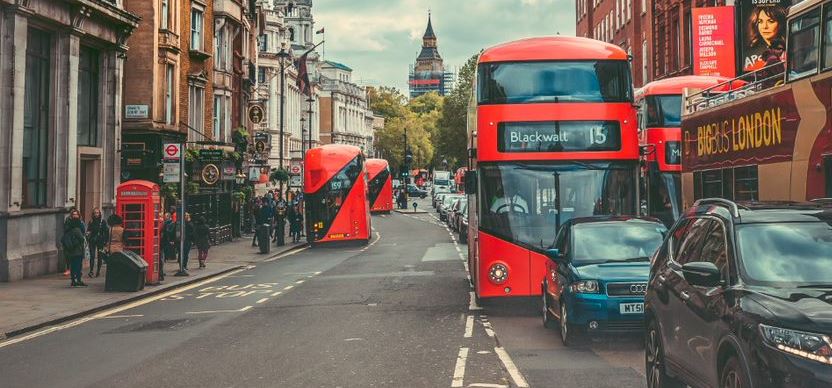Safety is at the heart of Transport for London’s bus operations. The Mayor of London has made clear that loss of life and serious injuries on London’s roads are neither acceptable nor inevitable and Transport for London’s has now adopted Vision Zero for London, with a target of zero deaths or serious injuries by 2041. For buses, Transport for London have an even more ambitious target of no one killed in, or by, a London bus by 2030.
To achieve this, Transport for London’s strategy is to develop new safety features on buses. In February 2016 a bus safety programme was launched, including a commitment to develop a ‘Bus Safety Standard’, to ensure that the safest buses are driven on London’s roads.
TRL was commissioned to research and develop that standard. This has been an evidence-based and collaborative project, consulting with the bus manufacturers and operators on technical feasibility, timelines and implementation so that everyone has the confidence that the safety measures will make a real contribution to Vision Zero.
The Bus Safety Standard will provide a substantial proportion of the casualty savings required to meet the targets, and this document summarises the safety measures featured. Not all the technologies are available immediately and some will require development time, so Transport for London’s bus safety roadmap sets out future plans for the buses, to give the manufacturers time to invest in these new safety features. The standard will continue to evolve to take account of technology innovations in the future.
The Bus Safety Standard has been developed by Transport for London, for London, but the benefits are potentially global.
The Bus Safety Standard now comprises a suite of 14 documents listed here: the Executive Summary, a Roadmap, and then 12 reports evaluating different safety measures.
PPR872 Bus Safety Standard: Executive
Summary
PPR983 Bus Safety Standard: Future Roadmap
PPR930 Bus Safety Standard: Camera Monitoring System Human Machine Interface Support – Monitor Positioning
PPR931 Bus Safety Standard: Pedal Indicator Lights
PPR932 Bus Safety Standard: Advanced Emergency Braking (AEB)
PPR982 Bus Safety Standard: Runaway Bus Prevention
PPR984 Bus Safety Standard: Pedal Application Error
PPR985 Bus Safety Standard: Direct Vision, Indirect Vision and Detection of Vulnerable Road Users
PPR986 Bus Safety Standard: Slip Protection
PPR991 Bus Safety Standard: Acoustic Conspicuity
PPR992 Bus Safety Standard: Occupant Friendly Interiors
PPR993 Bus Safety Standard: Visual Conspicuity
PPR997 Bus Safety Standard: VRU Frontal Crashworthiness
PPR1013 Bus Safety Standard: Bus Braking Data Analysis
This programme of work, including studies delivered by other teams, was recognised for its contribution to safety by being awarded The 2023 Premier Award by the Prince Michael International Safety Awards.
TRL is particularly proud of its contribution to the pioneering Direct Vision Standard for HGVs, which was singled out for an Award

